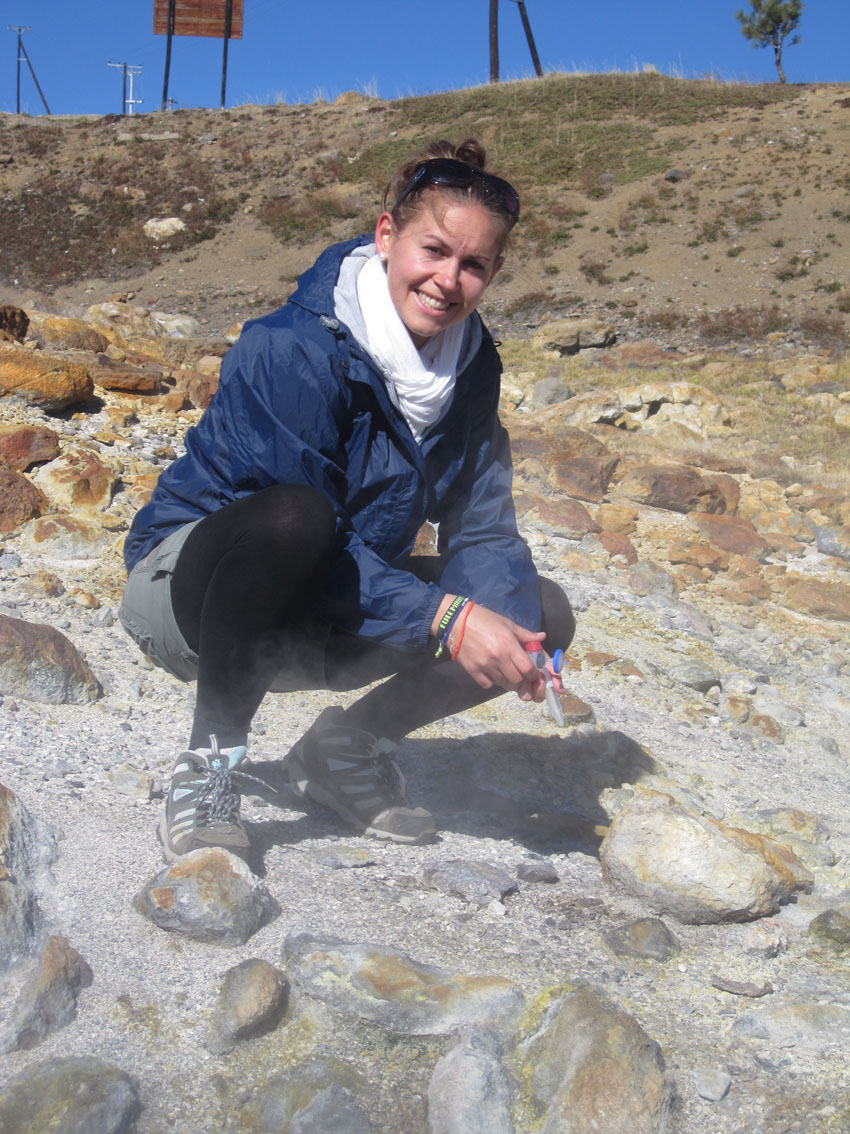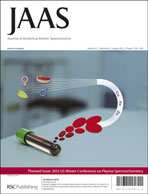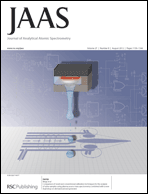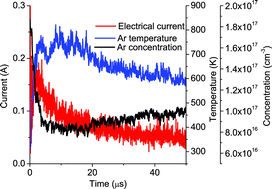In situ analysis of 230Th–232Th–238U ratios in titanite by fs-LA-MC-ICPMS
In this paper former Chair of the Editorial Board Detlef Günther, J. M. Koornneef and colleagues in Switzerland and Germany, have been studying the the potential of femtosecond laser ablation multi-collector inductively coupled plasma mass spectrometry (fs-LA-MC-ICPMS) for in situ analysis of U–Th disequilibria in titanite. The determination of U-series isotope compositions are used in a wide range of geological materials such as carbonates, iron oxides, opal, and zircon. Read more about their research by clicking on the title below.
In situ analysis of 230Th–232Th–238U ratios in titanite by fs-LA-MC-ICPMS
J. M. Koornneef, L. Dorta, B. Hattendorf, G. H. Fontaine, B. Bourdon, A. Stracke, P. Ulmer and D. Günther
J. Anal. At. Spectrom., 2012, Advance Article
DOI: 10.1039/C2JA30162H
Bromine and iodine determination in active pharmaceutical ingredients by ICP-MS
And from our Advisory Board, Erico M. M. Flores from the Universidade Federal de Santa Maria, Brazil, and colleagues have been looking at a method based on microwave-induced combustion (MIC) and applied it to the digestion of active pharmaceutical ingredients. They used this to determine bromine and iodine by inductively coupled plasma mass spectrometry (ICP-MS). This test can be used to test for halogen impurities in pharmaceutical products. Click below to read more.
Bromine and iodine determination in active pharmaceutical ingredients by ICP-MS
Aline L. H. Muller, Paola A. Mello, Marcia F. Mesko, Fabio A. Duarte, Valderi L. Dressler, Edson I. Muller and Erico M. M. Flores
J. Anal. At. Spectrom., 2012, Advance Article
DOI: 10.1039/C2JA30212H
Both of these papers will be free to access until Oct 22nd.



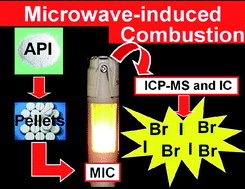









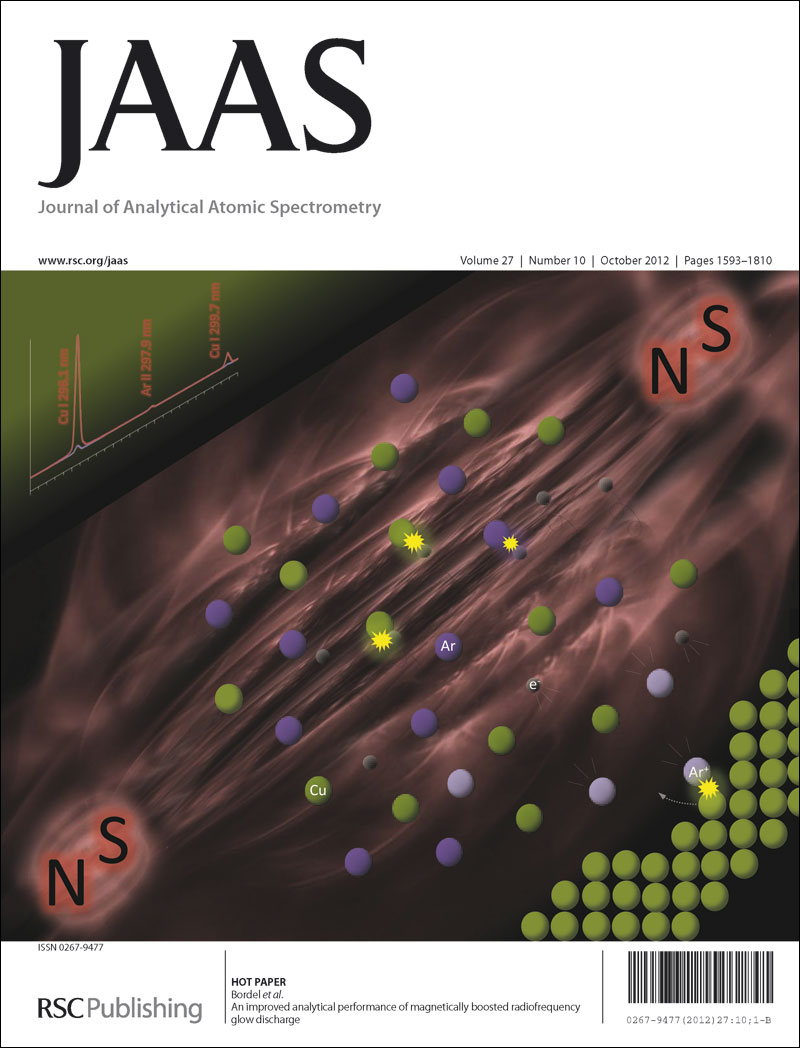
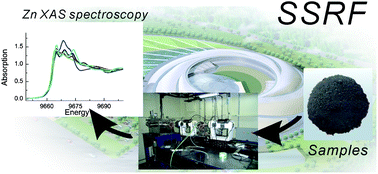
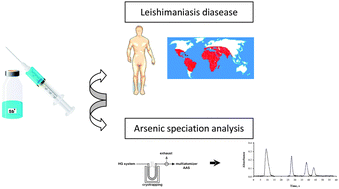
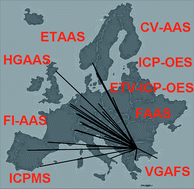
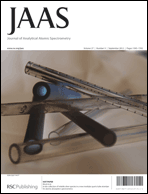
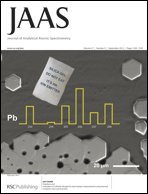
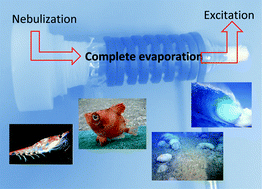 We’ve already had some great HOT articles this month in
We’ve already had some great HOT articles this month in 
